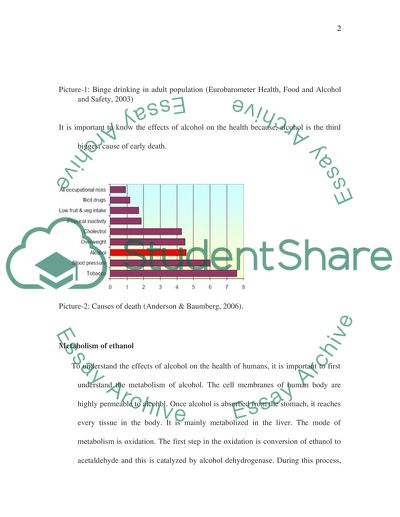Cite this document
(Alcohol as One of the Commonest Causes of Death Essay, n.d.)
Alcohol as One of the Commonest Causes of Death Essay. Retrieved from https://studentshare.org/health-sciences-medicine/1546924-alchol-and-its-effects-on-health
Alcohol as One of the Commonest Causes of Death Essay. Retrieved from https://studentshare.org/health-sciences-medicine/1546924-alchol-and-its-effects-on-health
(Alcohol As One of the Commonest Causes of Death Essay)
Alcohol As One of the Commonest Causes of Death Essay. https://studentshare.org/health-sciences-medicine/1546924-alchol-and-its-effects-on-health.
Alcohol As One of the Commonest Causes of Death Essay. https://studentshare.org/health-sciences-medicine/1546924-alchol-and-its-effects-on-health.
“Alcohol As One of the Commonest Causes of Death Essay”, n.d. https://studentshare.org/health-sciences-medicine/1546924-alchol-and-its-effects-on-health.


